PPT-Chapter 11 Section 3: Unity and Division
Author : natalia-silvester | Published Date : 2018-10-23
The Nation Grows and Prospers An Era of Good Feelings 1816 Election Republican Candidate James Monroe Federalist Senator Rufus King of New York Monroe Won Last
Presentation Embed Code
Download Presentation
Download Presentation The PPT/PDF document "Chapter 11 Section 3: Unity and Division" is the property of its rightful owner. Permission is granted to download and print the materials on this website for personal, non-commercial use only, and to display it on your personal computer provided you do not modify the materials and that you retain all copyright notices contained in the materials. By downloading content from our website, you accept the terms of this agreement.
Chapter 11 Section 3: Unity and Division: Transcript
Download Rules Of Document
"Chapter 11 Section 3: Unity and Division"The content belongs to its owner. You may download and print it for personal use, without modification, and keep all copyright notices. By downloading, you agree to these terms.
Related Documents

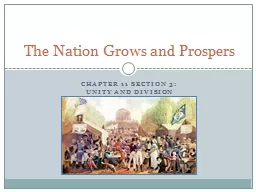
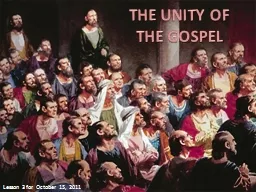
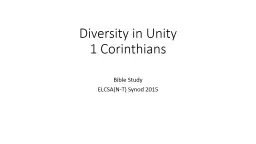
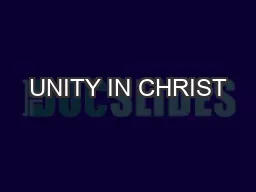
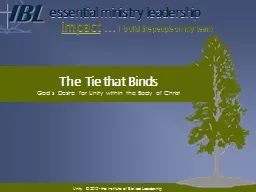


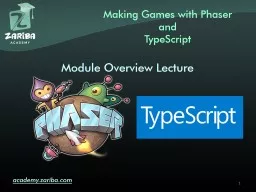
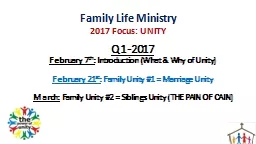
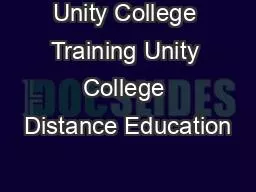
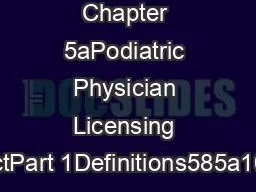

![[DOWLOAD]-How to make a Unity Neglected Inflation Clicker Game for smartphones Lecture](https://thumbs.docslides.com/991433/dowload-how-to-make-a-unity-neglected-inflation-clicker-game-for-smartphones-lecture-unity-nyumon-no-mori-game-no-tukurikata-unity-nyumon-no-mori-series-japanese-edition.jpg)
![[PDF]-How to Make Unity 3D Action Games Zelda Genshin and Monster Hunter Style for smartphones](https://thumbs.docslides.com/1002032/pdf-how-to-make-unity-3d-action-games-zelda-genshin-and-monster-hunter-style-for-smartphones-unity-nyumon-no-mori-game-no-tukurikata-unity-nyumon-no-mori-series-japanese-edition-6494f323d39c3.jpg)